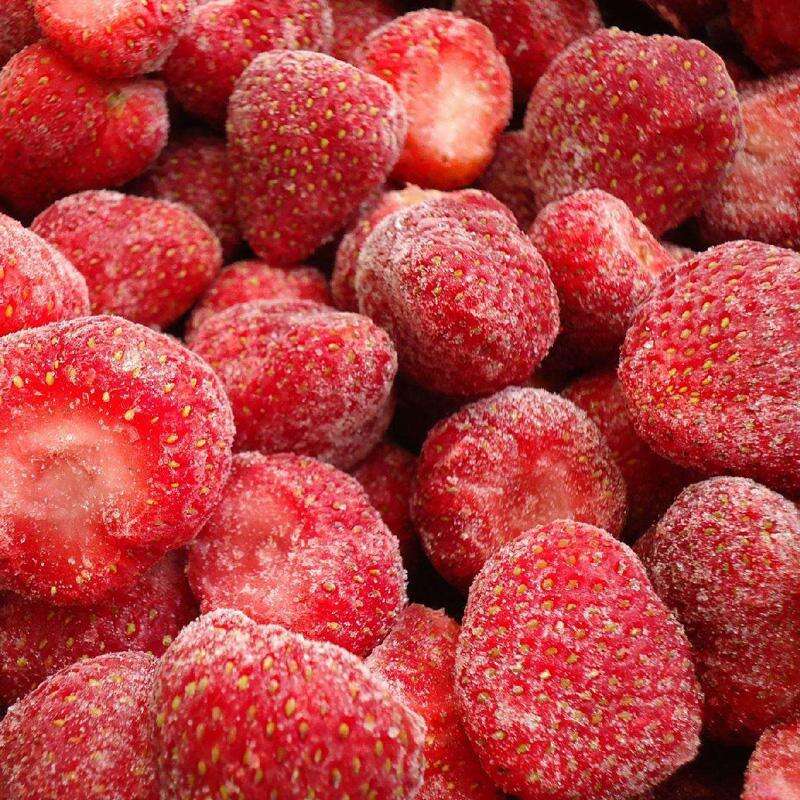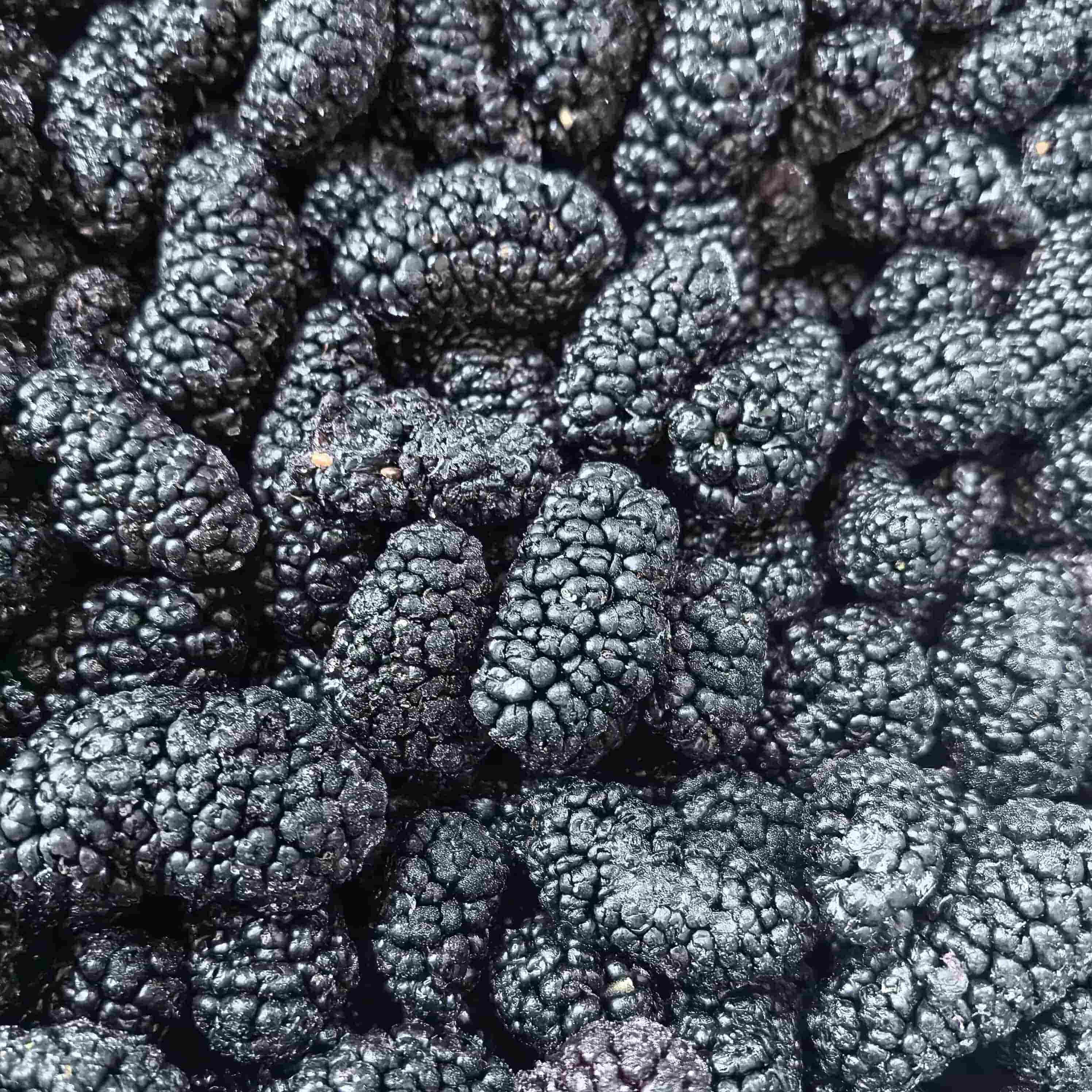Mastering Long-term Storage Solutions for Premium Dried Fruits
The art of preserving dried fruit in bulk storage requires careful attention to detail and understanding of proper storage techniques. Whether you're a commercial distributor, bulk food retailer, or someone who loves buying dried fruit in larger quantities, maintaining the quality, flavor, and nutritional value of these delightful treats is paramount. Let's explore comprehensive strategies and expert insights on how to keep your dried fruit fresh, delicious, and safe for extended periods.
Essential Storage Environment Factors
Temperature Control Guidelines
Creating the ideal temperature environment is crucial for dried fruit storage. The optimal temperature range typically falls between 50-60°F (10-15°C). Temperatures above this range can accelerate deterioration and potentially lead to unwanted fermentation or mold growth. Conversely, extremely cold temperatures might cause condensation when the fruit is removed from storage, potentially reintroducing moisture to the preserved fruit.
Professional storage facilities often employ climate-controlled rooms with advanced temperature monitoring systems. For smaller operations or home storage, a cool basement or dedicated storage room with consistent temperature control can work effectively. It's essential to avoid locations near heat sources or areas prone to temperature fluctuations, such as those near windows or heating vents.
Humidity Management Techniques
Controlling humidity levels is equally important in dried fruit storage. The ideal relative humidity should be maintained between 55-60%. Higher humidity can lead to moisture absorption and potential spoilage, while extremely low humidity might cause the fruit to become overly dry and lose its pleasant texture.
Using dehumidifiers in storage areas can help maintain appropriate moisture levels. Additionally, incorporating humidity indicators or monitors can help track conditions and alert you to any concerning changes. Some professional facilities utilize specialized humidity-controlled environments with proper ventilation systems to ensure optimal preservation.

Packaging Solutions for Optimal Preservation
Container Selection and Materials
The choice of storage containers significantly impacts the longevity of dried fruit. Airtight containers made from food-grade materials are essential for maintaining quality. Glass jars with secure seals, food-grade plastic containers with snap-tight lids, or professional-grade storage bins designed specifically for bulk dried fruit storage are all excellent options.
When selecting containers, consider factors such as UV protection, moisture barrier properties, and durability. Dark-colored or opaque containers can help protect against light exposure, which can degrade both the nutritional content and appearance of dried fruit. For bulk storage, food-grade plastic drums or specialized storage bins with proper sealing mechanisms are often used in commercial settings.
Proper Sealing Techniques
Ensuring an airtight seal is crucial for successful dried fruit storage. This prevents moisture and unwanted pests from compromising the quality of your stored fruit. Professional-grade gaskets and sealing materials should be regularly inspected and replaced when showing signs of wear.
Consider implementing a double-sealing system for extra protection, especially in humid environments. This might include using both an airtight container and sealed plastic bags within. For bulk storage, vacuum-sealing technology can be particularly effective in removing air and creating an optimal preservation environment.
Quality Monitoring and Maintenance Protocols
Regular Inspection Schedules
Establishing a consistent inspection routine is vital for maintaining dried fruit quality during storage. Regular checks should include examining for any signs of moisture, mold, or pest activity. Professional operations typically implement weekly or bi-weekly inspection schedules, documenting any observations and addressing concerns promptly.
During inspections, pay particular attention to the condition of the fruit itself, looking for any changes in color, texture, or aroma. Early detection of potential issues can prevent widespread spoilage and help maintain the overall quality of stored dried fruit. Keep detailed records of inspections, including dates, findings, and any actions taken.
Quality Testing Methods
Implementing proper quality testing procedures helps ensure stored dried fruit maintains its desired characteristics. Regular moisture content testing using calibrated moisture meters can help verify that fruit remains within safe preservation levels. Professional facilities often conduct periodic laboratory testing to monitor factors such as sugar content, acidity levels, and microbial presence.
Sensory evaluations should also be part of your quality testing protocol. This includes assessing texture, flavor, and appearance against established standards. Document these evaluations to track any changes over time and adjust storage conditions as needed to maintain optimal quality.
Storage Duration and Rotation Strategies
Inventory Management Systems
Effective inventory management is crucial for maintaining dried fruit quality in bulk storage. Implement a first-in-first-out (FIFO) system to ensure proper product rotation and prevent any batch from being stored longer than recommended. Professional operations often use inventory management software to track storage dates, locations, and quality parameters for each batch.
Maintain detailed records of receiving dates, storage conditions, and expected shelf life for different types of dried fruit. This information helps optimize storage duration and ensures timely rotation of stock. Consider implementing barcode or RFID systems for larger operations to streamline inventory tracking and management.
Shelf Life Optimization
Understanding and maximizing the shelf life of different dried fruits requires careful attention to storage conditions and handling procedures. While properly stored dried fruit can last many months, various factors can impact its longevity. Different fruits may have different optimal storage periods, so maintaining separate tracking systems for various types is essential.
Regular quality assessments help determine when stored fruit should be rotated or used. Develop clear guidelines for maximum storage duration under different conditions, and ensure all handling staff are trained in proper rotation procedures. This systematic approach helps maintain consistent quality while minimizing waste.
Frequently Asked Questions
What is the optimal temperature range for long-term dried fruit storage?
The ideal temperature range for storing dried fruit is between 50-60°F (10-15°C). This range helps prevent moisture development while maintaining the fruit's natural sweetness and texture. Consistent temperature control is crucial for preserving quality over extended periods.
How can I tell if stored dried fruit has gone bad?
Signs of spoilage in stored dried fruit include visible mold growth, off-putting odors, unusual discoloration, or significant changes in texture. Regular inspection for these indicators helps maintain quality control. If you notice any of these signs, the affected fruit should be removed immediately to prevent contamination of other stored products.
What type of containers work best for bulk dried fruit storage?
The best containers for dried fruit storage are airtight, food-grade materials that protect against light, moisture, and pests. Options include glass jars with secure seals, high-quality plastic containers with snap-tight lids, or professional-grade storage bins specifically designed for bulk food storage. The container should also be appropriate for the quantity being stored and easy to clean and maintain.


